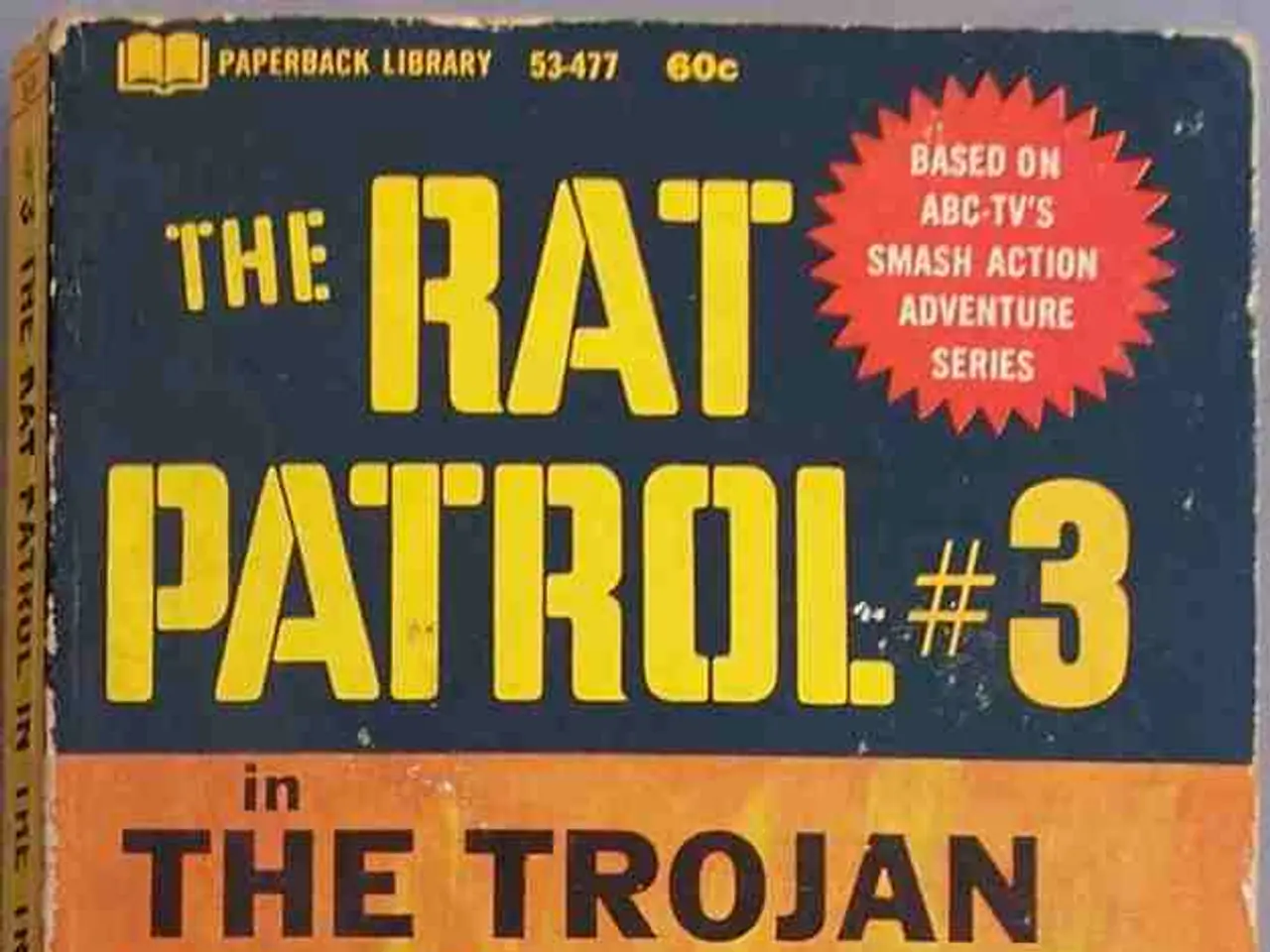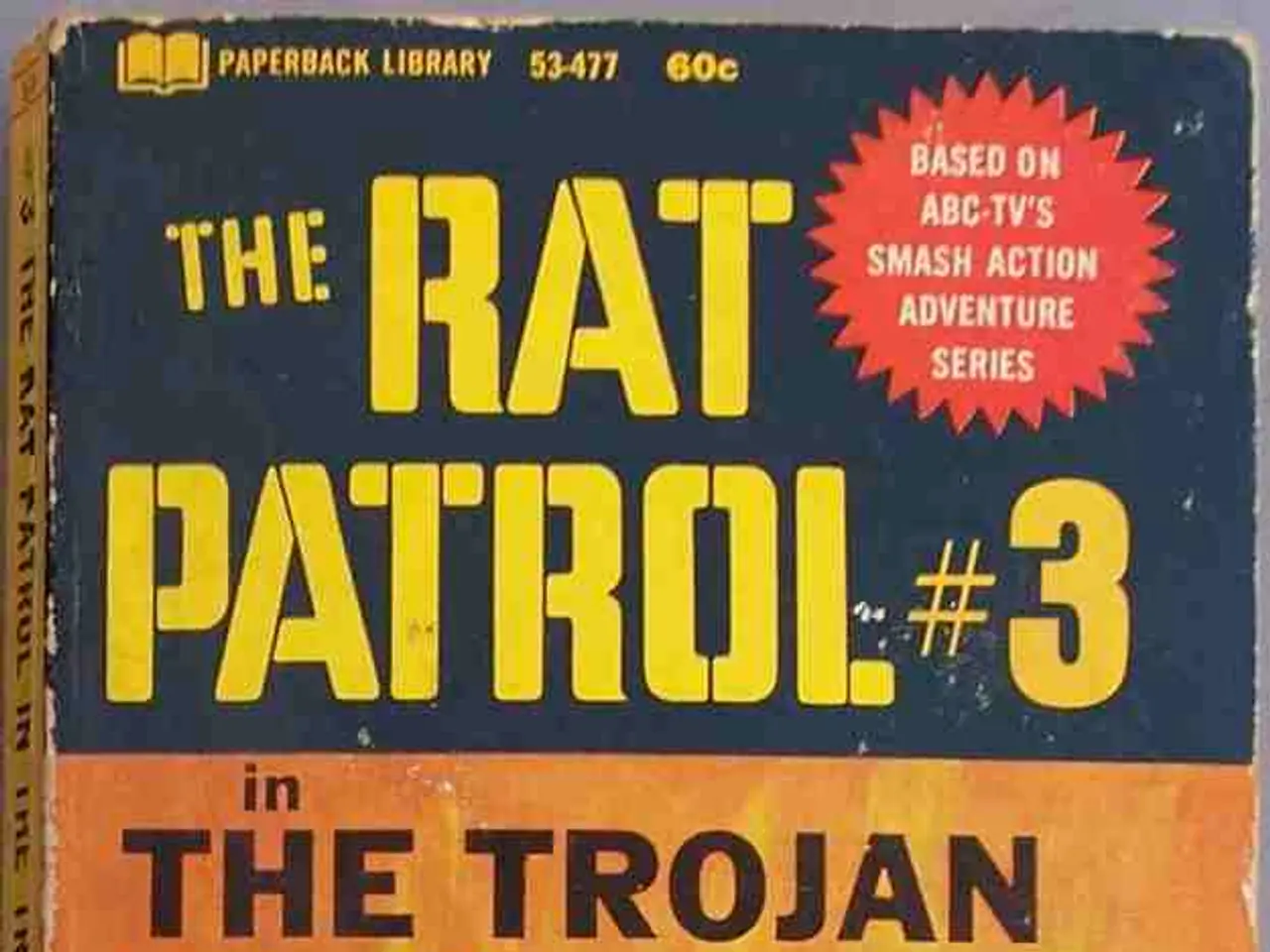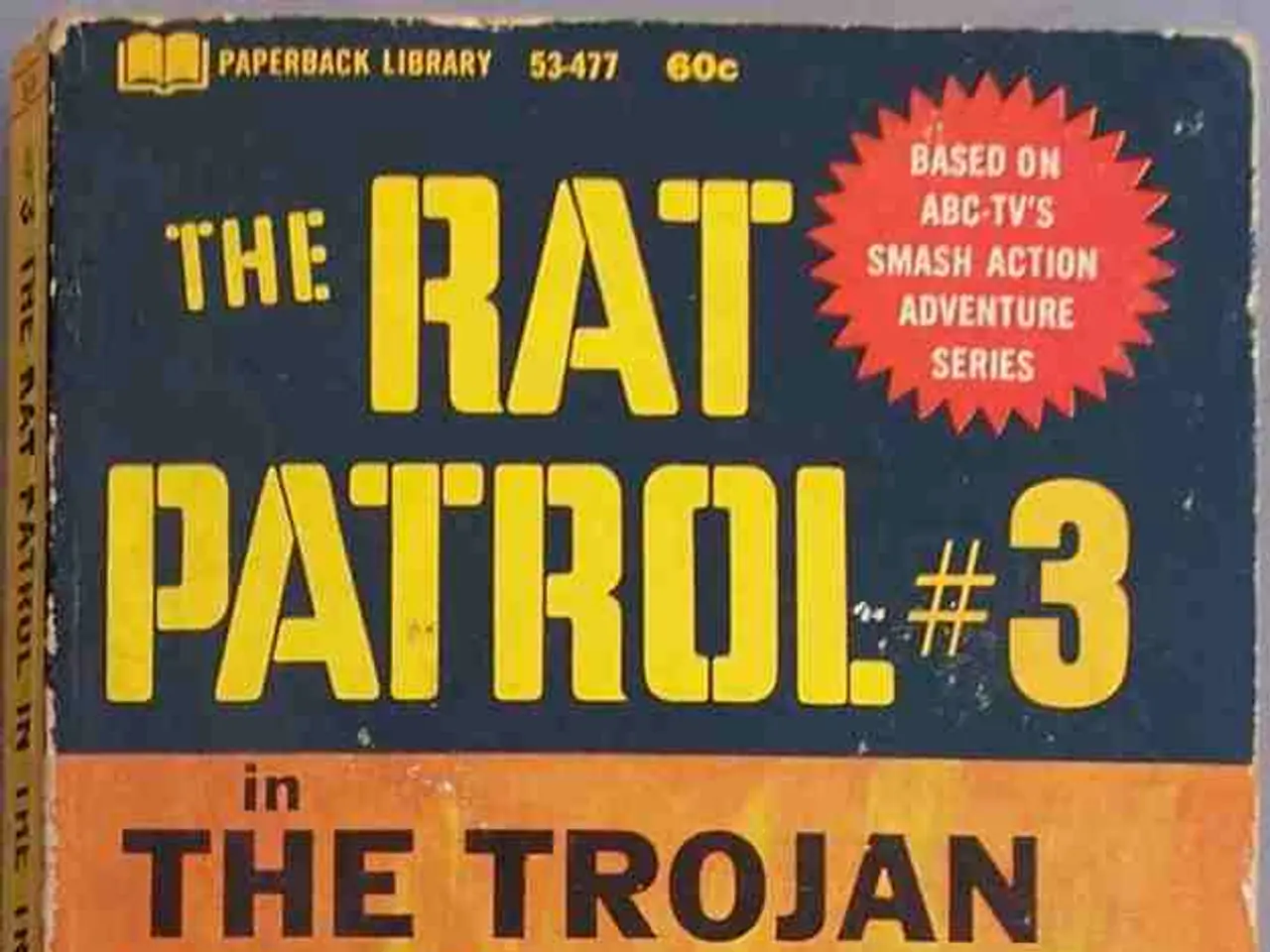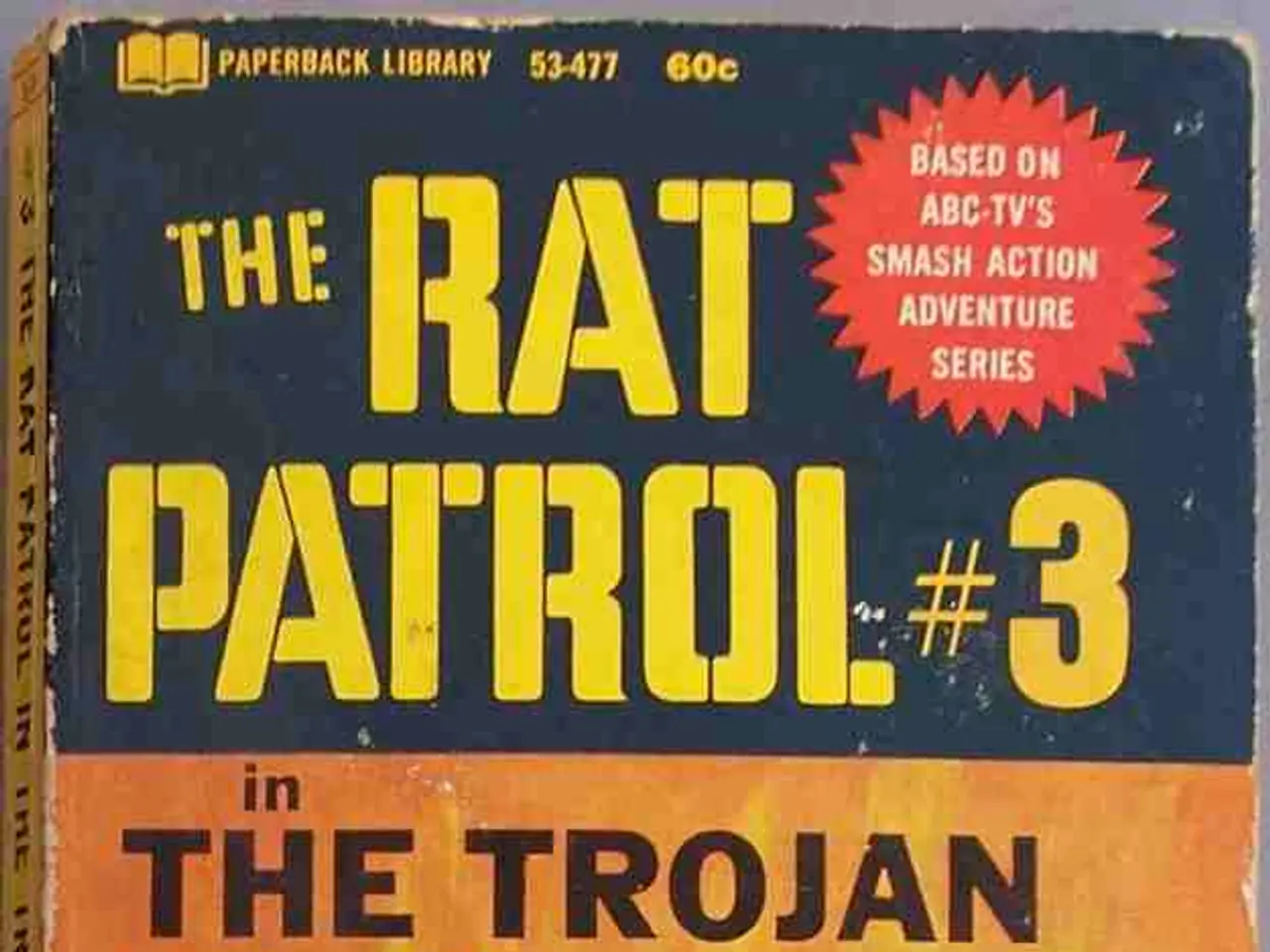Thirteen submerged World War II vessels uncovered near Guadalcanal in a pioneering Nautilus underwater exploration
The Ocean Exploration Trust (OET) recently embarked on an extraordinary mission to Iron Bottom Sound off the coast of Guadalcanal, marking a new era in underwater archaeology. Over 22 days, the team utilised state-of-the-art technology to explore and document 13 shipwrecks from the pivotal World War II Solomon Islands campaign, including four ships imaged for the first time and two newly discovered wrecks—the bow of the USS New Orleans and the Japanese destroyer Teruzuki.
The expedition harnessed the power of advanced technology, with the University of New Hampshire’s uncrewed surface vehicle (USV) DriX leading the way for detailed seafloor mapping. This was followed by remotely operated vehicles (ROVs) from the Exploration Vessel Nautilus, which provided visual surveys and collected ultra-high resolution visual and sonar data on the condition of the wrecks.
The mission's highlights included vessels from multiple nations—American, Japanese, Australian—highlighting the multinational nature of the conflict and the significance of Iron Bottom Sound as a resting place for many warships. Some of the shipwrecks are located more than 1,000 meters beneath the surface, a testament to the expedition's determination and technological prowess.
The integration of these cutting-edge technologies allowed the team to locate and document wrecks more efficiently than ever before. The USV DriX was operated remotely from a shore-based station in Honiara, providing continuous mapping capabilities. In total, over 1,000 square kilometers of seafloor were mapped during the mission, and the team spent 138 hours exploring wrecks.
The mission's significance lies in advancing maritime archaeology of a key WWII battleground, discovering and documenting lost warships with high precision, providing new insights into the naval history of Guadalcanal, and engaging a broad international audience through live streaming and collaboration with multiple countries and institutions.
Dr. Robert Ballard, President of Ocean Exploration Trust, reflected on the mission's live broadcast, stating, "This expedition has allowed us to revisit previous discoveries and provide unprecedented high-resolution imagery and detailed mapping of these historically important shipwrecks."
Rear Admiral Samuel J. Cox, Director of the Naval History and Heritage Command, emphasised the importance of remembering the sacrifices made by those who fought in these battles. Dr. Larry Mayer, Director of the Center for Coastal and Ocean Mapping at the University of New Hampshire, considered the mission one of the most rewarding he has ever participated in.
The expedition served as a poignant tribute to the men and women who fought and died in the naval battles of World War II. The wrecks of ships like the USS Vincennes, USS Astoria, and USS Northampton stand as somber reminders of the courage and sacrifice made during the war. The exploration and documentation of these wrecks are part of a larger effort to preserve the history of these battles and the bravery of the people involved for future generations.
References:
- Ocean Exploration Trust
- University of New Hampshire
- Exploration Vessel Nautilus
- National Geographic
- Naval History and Heritage Command
In the realm of general news, the Ocean Exploration Trust's mission to Iron Bottom Sound has illuminated the politics of war-and-conflicts, as it unearthed both American and Japanese warships, highlighting the multinational aspect of the World War II campaign in the Solomon Islands. Meanwhile, in the world of technology and innovation, the use of advanced underwater vehicles like the University of New Hampshire's uncrewed surface vehicle (USV) DriX and remotely operated vehicles (ROVs) from Exploration Vessel Nautilus, have revolutionized maritime archaeology, transforming the way we discover and document lost warships.







